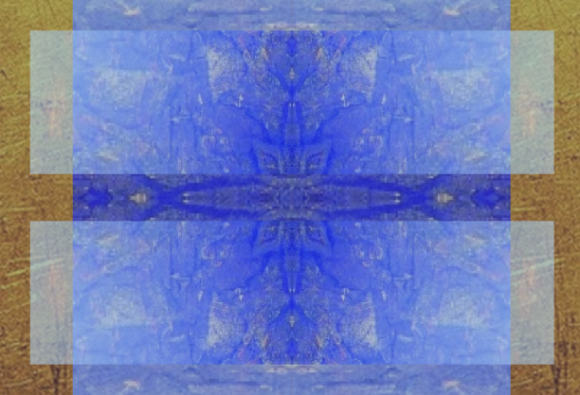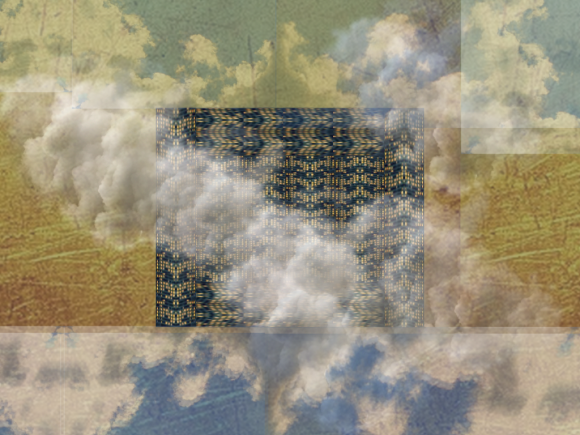I have started exploring the notion of an objective and independent reality (beginning with the connected idea of individuation, as it is used in philosophy); but it will perhaps be helpful to pause and consider why this is relevant to a discussion of Jungian metaphysics.
The point of departure is twofold: one is the question of the interiority of psychology and its relation to the “external” world (in which, as we have seen, particulars are individuated in virtue of the spatiotemporal coordinate system); the other is Jung’s insistence that there are psychological factors which are not simply personal and subjective, but likewise “objectively real”.
Das kollektive Unbewußte ist alles weniger als ein abgekapseltes, persönliches System, es ist weltweite und weltoffene Objektivität.
GW IX/I, §46.
Stehe ich aber auf dem Standpunkt, daß die Welt außen und innen sei, daß Realität dem Außen wie dem Innen zukomme, so muß ich auch folgerichtigerweise die Störungen und Unzuträglichkeiten, die mir von innen zustoßen, als Symptom einer mangelhaften Anpassung an die Bedingungen der inneren Welt auffassen.
GW VII, §319.
We have here, at the same time, a distinction between an external and an interior “reality” and an insistence that the latter needs to be taken as just as objective and independent as the former. Thus the interest in the question: what makes the notion of an independent reality so compelling?

As long as we think in terms of objects in space and time with which we interact, the idea of an independently existing object implies that I might be co-present with that object, or indeed I might not. To be co-present with something means to be in the same place at the same time: for example, I might be in the same room with a glowing piece of coal. But then of course I might be somewhere else, or I might be in the same room with it a day later (when it is no longer glowing); thus being separated from that very object either in space or in time. But either way, i.e. whether I am co-present with it or not, it is the same object, having (or having had) the same qualities, and any possible interaction with it (in the cases where I am co-present with it) would involve my experiencing that object and its qualities, particularly the red-hot glowing quality, which might burn me. Being co-present with it and thinking of it as having independent reality enables me not just to interact with it, but also to change that very situation of co-presence, too: I might either go away, or somehow (e.g. by asking someone) get the thing removed from my presence. and thus put a distance between myself and the object. Of course, I could also try and destroy the object, thereby ending its existence (which implies that its presence also ends); but the idea of objective reality opens up the option to simply end the presence (and just the presence, i.e. not the existence) of the thing.
Now compare this with an overwhelming psychological pattern, which has taken hold of my psychology, something I might experience as hurtful (causing me distress, if not directly physical, then at least mental pain); this would also be “present” at times, and less so at others (e.g. when I’m distracted or when I have the mental energy to repress it). But it is clearly something I cannot control, and in this sense it exists independent of my will. It has a certain autonomy: it may disappear for a while as I succeed to distract myself, but then it reappears, seemingly of its own accord.
However, this independence is different from the independence of the physical object. First, there is no obvious way to destroy the thing: when I mistakenly classify it as a physical phenomenon, located in space and time (i.e., in my brain or, more broadly, in my nervous system), I might attempt to do so, using drugs or other psychoactive techniques, such as breathing practices, meditation, and the like. But this does not destroy the phenomenon itself (as I will soon find out when the drug’s effect wears off); this attempt is rather comparable to just repressing it. The closer analogy would therefore not be the destruction of the physical thing, but the removal. But then again, it seems not as if the psychological problem is now elsewhere (in a different spatial location), although it does appear as if it is dormant, i.e. currently not active, and will remain so for a time, until it returns. So the closest parallel here is the removal in time, not that in space.
From all this it would seem that the most salient characteristic that makes us talk about an “independent” or “autonomous” psychological reality, e.g. in the way Jung speaks about the autonomy of complexes or archetypes, would be its ability to control the person, i.e. override that person’s will, and thus evoke thoughts and emotions, memories and fantasies, and even outward behaviors which, crucially, are different from (and unwanted compared to) what the ego would have produced (or even would be capable of producing). A psychological pattern thus controlling the personality would generally be considered dangerous or harmful (although there may be instances where it is beneficial). Thus the equivalent of a co-present material body’s (e.g., the glowing piece of coal) interacting in a destructive and harmful way (burning the physical body of the person) would be a psychological pattern’s taking hold of the psychology (thoughts, emotions, memories, fantasies, actions) of that person. And the person’s attempts to escape that influence, again, would be tantamount to removing themselves from its presence, in a sense analogous to that of trying to reach a spatially or temporally different location from the material body. Being a psychological force, however, removing oneself from its presence would have to mean, not moving one’s physical body elsewhere (in either space or time), nor numbing one’s senses or nervous system with drugs (which likewise is an attempt to change the physical aspect of circumstances), but rather it would have to mean a change in one’s psychological setup, of removing one’s psyche, as it were, from the vicinity of that pattern.



